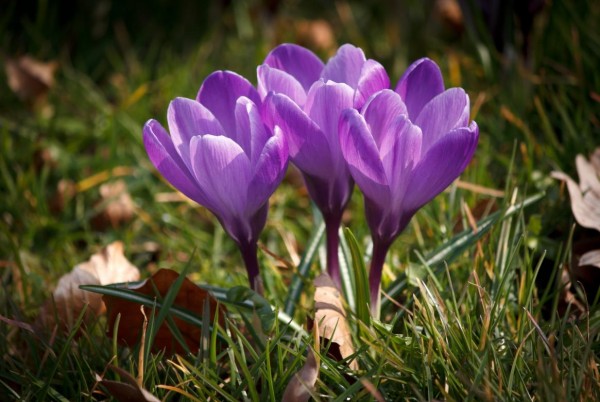| With the arrival of spring, some people will be a lot happier.
That’s not just because of the frigid weather departing, but because they are coping with seasonal affective disorder (SAD). “It’s usually when it starts to get nice out and the clocks change. It’s euphoric. It’s really like you remember who you are,” said Derrick, who asked for his last name to be withheld. The 26-year-old has been experiencing SAD for about six years, and recalls the first time the winter season got him down during his first year of university. “I noticed for whatever reason that in the winter I was feeling mopey. I was really unmotivated to do anything. I was very apathetic and lazy. I didn’t really put it together until it happened again the next year,” he said. According to the Canadian Mental Health Association (CMHA), two to three per cent of Canadians experience this type of depression that follows a seasonal pattern. The shortening days of late autumn are usually the beginning of depression-like symptoms which typically last until spring. Another 15% of people experience less severe symptoms that are commonly referred to as the “winter blues”. The characteristics are similar to depression, which manifest as either sadness or apathy, said CMHA public educator Trix Van Egmund. However, SAD is distinguished from clinical depression in that there must be periods of time where symptoms lighten. “You have to have it for two years in a row at the same time of year. Winter onset can start as soon as October when there is less light. For some people it happens after the hullabaloo of Christmas, so around January,” she said. In severe cases, antidepressants can be prescribed, but light therapy is often used instead to curve symptoms during periods of less light. Derrick says this is a major part of his intermittent sadness. “I really attribute it to a lack of vitamin D, or lack of sunlight, especially since I was working outside in the summer. I am used to getting 12 hours of direct sunlight a day,” he said. SAD lamps, which cost about $300, mimic sunlight and produce lux, which are the units of illuminance to measure sunlight. The sun usually produces about 30,000 lux, but is cut out by windows and glass. “Normal bulbs give about 600 lux. SAD lights produce 15,000 lux. Some people will use it twice in a day as ambient light,” Van Egmund said. Although he owns one of these lamps, Derrick gets through the gloomy months by staying physically active. “Exercise is a big thing, keeping active and not letting yourself sink into the miasma. Keep doing what you love. This year was particularly bad because I didn’t have time to do as much,” he said. But as the sun begins to shine more often, and the weather becomes warmer, Derrick can put these bad times behind him. “You know March always has that one day that’s super nice. It’s usually around that day. Even if it gets cold again, I don’t mind. I know the good weather is coming and I’m over the hump.” |
